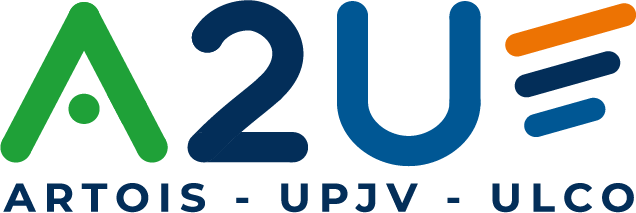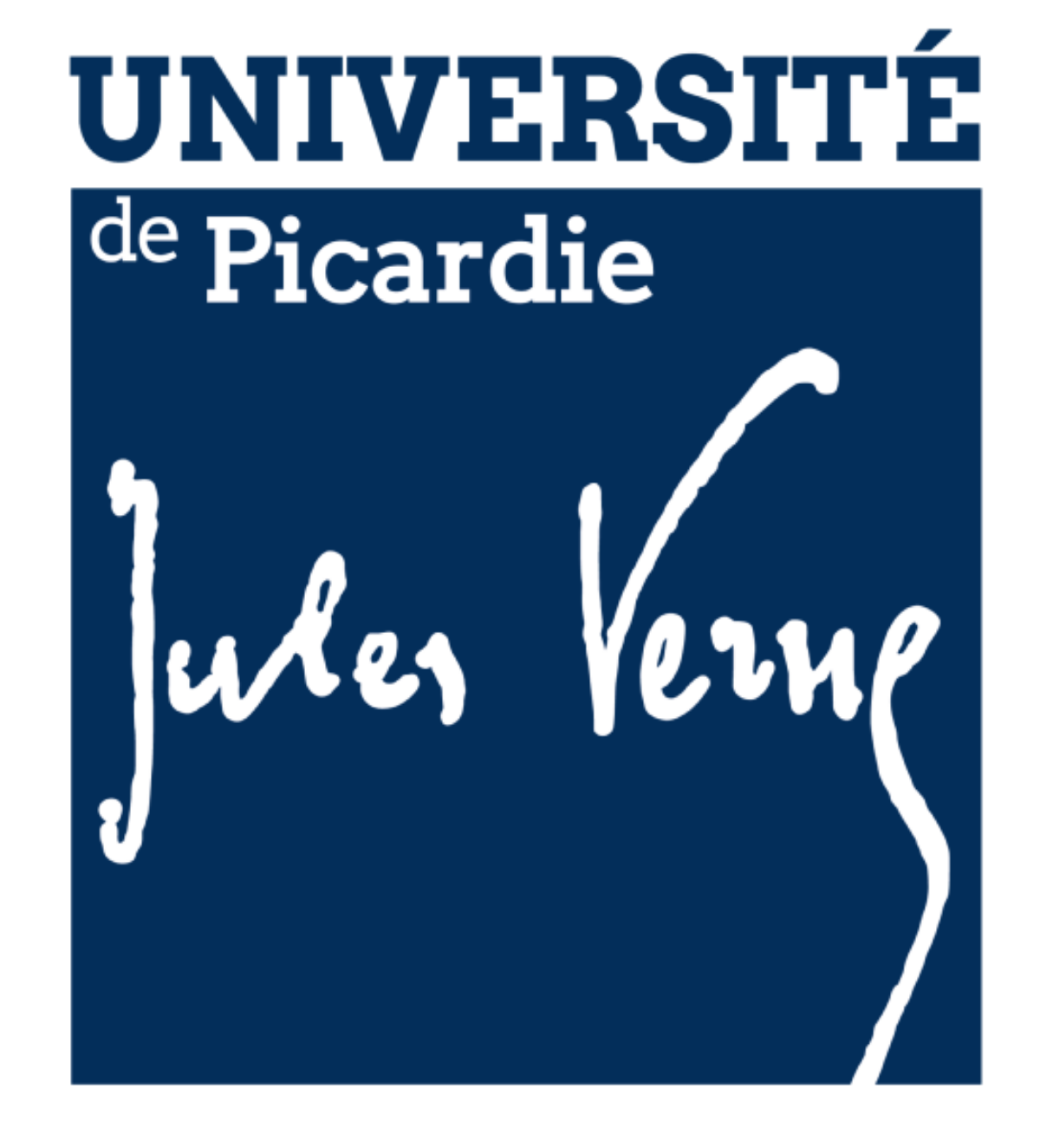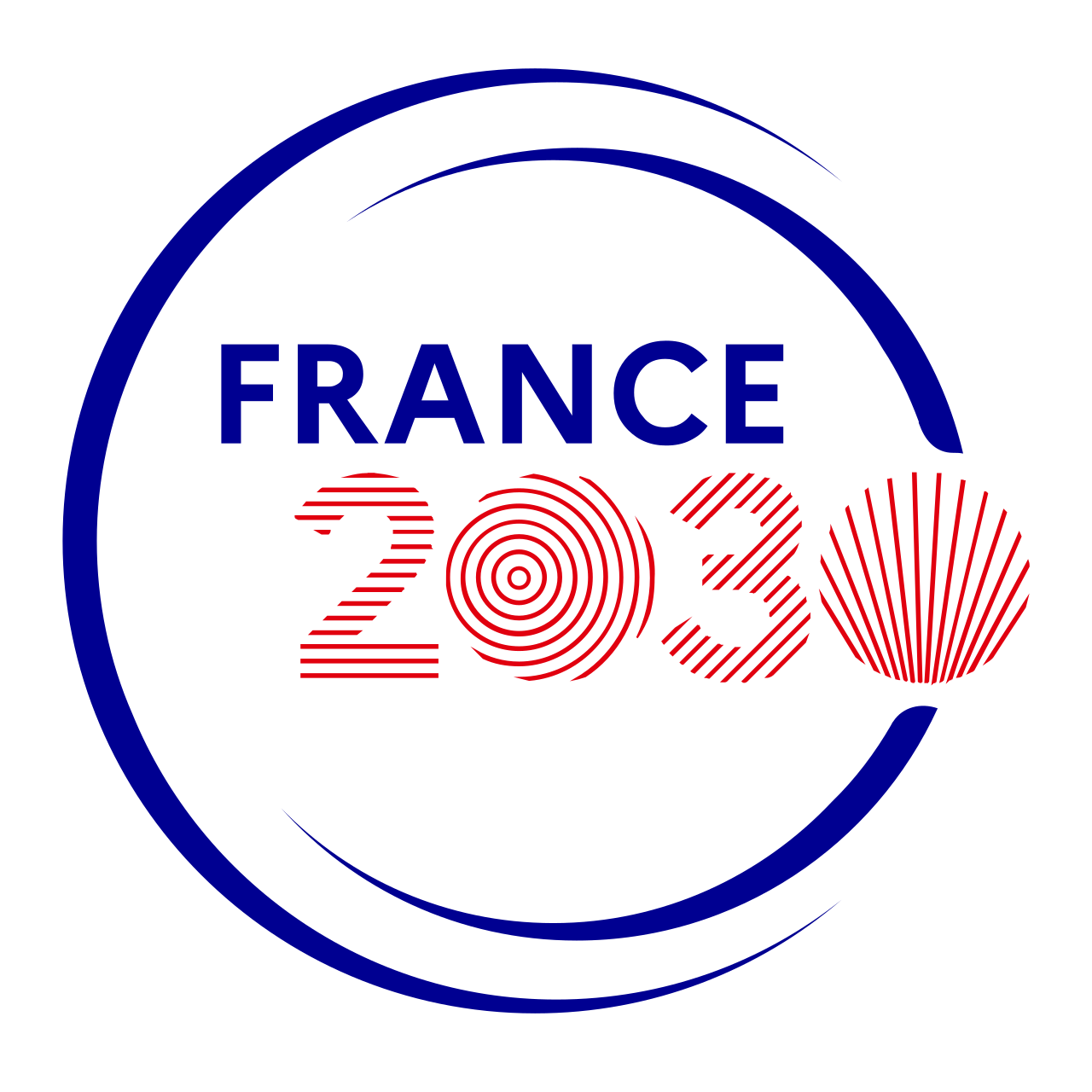PhD 2024
Context
The MAIA (Mastery of AI Applications) project aims to develop original and generic research solutions to advance the formal applicability and societal acceptability of AI, with a focus on three key areas: health, the chemistry and environment of the A2U alliance (University of Artois, University Picardie Jules Vernes (UPJV) and Université of Littoral Côte d'Opale(ULCO)) as well as the Hauts de France region (HdF)
Among the recurring (annual) calls of the project is that concerning the co-financing of theses (50%)
Criteria
This call will be open on a recurring basis (annual) to researchers and teacher-researchers of the A2U alliance working in one of the 5 axes of the MAIA project: explainable AI (XAI), acceptable AI (SHS question), application of AI in health, chemistry and environment. It will aim to strengthen existing interactions between MAIA partner laboratories and to promote new ones (in particular, in an interdisciplinary approach). Priority will therefore be given to collaborative projects integrating several teams or laboratories, or an external establishment (community, company, etc.)
Following the call for projects launched at the end of 2023, the MAIA project will co-finance 6 theses for the year 2024.
Topics selected for the year 2024
Acceptability of AI in health: effects of applications and connected objects in health integrating AI on the professional activity of caregivers and on the patient-caregiver relationship.
Director :
- Emile Loup-Escande
Host laboratory(ies) :
- UR UPJV CRP-CPO Psychology Research Center - Cognition Psychism Organization
Summary
- Artificial intelligence is gradually establishing itself in the healthcare field through "e-health," which encompasses three major areas: the first includes all health information systems that collect data on individuals' health; the second pertains to telemedicine, particularly teleconsultations; and the third focuses on m-health (or mobile health). The latter encompasses applications and connected health devices that aim to improve access to care, the quality of treatment, and patient autonomy. A wide range of applications and devices is now available, and their number is expected to grow in the coming years. However, despite European certifications and best practice guidelines proposed by the Haute Autorité de Santé, these technologies are not without risks to patient health (Chaniaud, Sagnier, Mégalakaki & Loup-Escande, 2021), affecting their acceptance by patients and healthcare professionals (Loup-Escande & Loup, 2021). Nonetheless, many general practitioners recommend these applications and connected health devices to their patients to encourage greater responsibility for their health (Sapci & Sapci, 2019) and to assist in monitoring their condition(s) (Chaniaud, Cherfouh, Gignon & Loup-Escande, 2022). These technologies impact healthcare professionals' work activities, inevitably influencing the patient-caregiver relationship (Naïditch & Riveline, 2023). This thesis aims to characterize the adoption of these technologies in the Hauts-de-France region through three objectives: Conducting an inventory of AI-powered health applications and connected devices recommended to patients by general practitioners. Assessing their acceptability among healthcare professionals. Investigating their effects on the care relationship between patients and healthcare professionals.
Development of Deep Learning tools for the determination of crystal structures using electron diffraction techniques (DeepCristal)
Director :
- Yaël Fregier (Pr, University of Artois)
Host laboratory(ies) :
- LML - University of Artois
- LRCS - University of Picardie Jules Vernes
Summary
- The DeepCristal research project aims to enhance understanding of the crystallographic structure of Li-ion battery materials, particularly their changes during electrochemical cycling, using advanced deep learning methods. The LRCS laboratory (UPJV) will soon acquire a next-generation transmission electron microscope (TEM), the Spectra200 ThermoFisher, which will facilitate structural characterization techniques such as 3D Electron Diffraction (3DED) and 4D Scanning TEM (4D-STEM). While these techniques are valuable, they face limitations due to missing tomography angles for 3DED and rapid acquisition speeds for 4D-STEM.
Synthesis of new Cyclodextrins derivatives assisted by AI.
Director :
- Florence Djedaini-Pilard
Host laboratory(ies) :
- LG2A - Université Picardie Jules Vernes
- UCCS - University of Artois
- CRIL - University of Artois
Summary
- The LG2A laboratory at UPJV and the UCCS at UArtois, in close collaboration with the CRIL, view AI development as an opportunity to improve the screening of biosourced molecules of interest, optimize synthesis pathways, and predict their properties. This approach aims to transition from purely chemical screening to computational screening by analyzing extensive experimental data to optimize the design of new molecules (modified cyclodextrins, or CDs), synthesis process parameters, and regioselectivity predictions. This requires creating experimental datasets in synthesis and characterization to validate predictions. The goal is to accelerate access to new, more efficient CD derivatives and to more sustainable, energy-efficient synthesis processes. The result will balance high-performing, data-intensive deep learning techniques (currently less interpretable) and more traditional, data-light approaches (more explainable but sometimes less effective). All experimental synthesis and physico-chemical characterization data on modified CDs will be compiled, processed, and converted into a "computer-friendly" format to be integrated into a database for predicting modified CD structures. Finally, the "proof of concept" will be demonstrated by evaluating the role of these new CDs in catalytic processes.
Intrusion detection in bio-medical sensors using Artificial Intelligence tools
Director :
- Cyril Drocourt
- David Durand
- Gil Utard
Host laboratory(ies) :
- MIS - University of Picardie Jules Vernes
Summary
- In recent years, medicine has relied on innovative technologies combining connected sensors, robots, and medical equipment. Enhanced computing capabilities have improved treatments, particularly with the advent of intelligent biomedical systems. Patient record management in healthcare facilities or at home depends on interconnected systems transmitting sensitive data. Simultaneously, attacks on these systems have increased, threatening the operation of healthcare facilities and critical devices for patients. Intrusion and fraud detection employs intelligent supervision mechanisms to identify known or new anomalies, respond quickly (predictive approach), and resolve issues in real time—or as soon as possible—using machine learning techniques. Detecting critical situations early allows the application of methods to prevent system malfunctions and service degradation. These mechanisms involve identifying signatures in data that deviate from expected behavior, utilizing large datasets and machine learning tools. In the case of biomedical sensors, alerting capabilities are limited by low computational resources, memory, and communication capacities.
Towards a mathematical understanding of language models
Director :
- Augustin Cosse
- Zied Bouraoui
Laboratoire(s) d'accueil :
- LMPA - University of Littoral Côte d'Opale
- CRIL - University of Artois
Summary
- This project focuses on studying the relationship between training data and emergence phenomena (see, for example, (Arora and Goyal), (Narang and Chowdhery), or the foundational paper by (Wei et al.)) in large language models. The study will begin by assembling a corpus of simple texts, resembling stories from children's books, using a limited set of words and interactions between these words. An initial database can be created with language models like ChatGPT by specifying, as in the TinyStories dataset by (Eldan and Li 2023), a list of simple words and asking the model to generate stories around these words.
Comparative approach to the regulation of artificial intelligence in the United States and the European Union.
Director :
- Sarah Laval
- Marion Ho-Dac
Host laboratory(ies) :
- CDEP University of Artois, Faculty of Law
- LARJ - University of Littoral Côte d'Opale, Faculty of Law
Summary
- This research proposes a comparative legal study of AI regulation between the United States and the European Union. While the North American approach is based on industry self-regulation without binding federal laws, the European vision of human-centered AI is grounded in legally binding rules for economic operators (as demonstrated by the proposed AI Act). The research seeks to explore ways to reconcile these seemingly opposing normative approaches to develop a transnational AI regulation framework. Political and normative cooperation between these two regions is crucial to establish transatlantic leadership in AI governance based on fundamental rights, democracy, and the rule of law. The goal is to contribute to building a trustworthy transatlantic AI regulatory framework.





